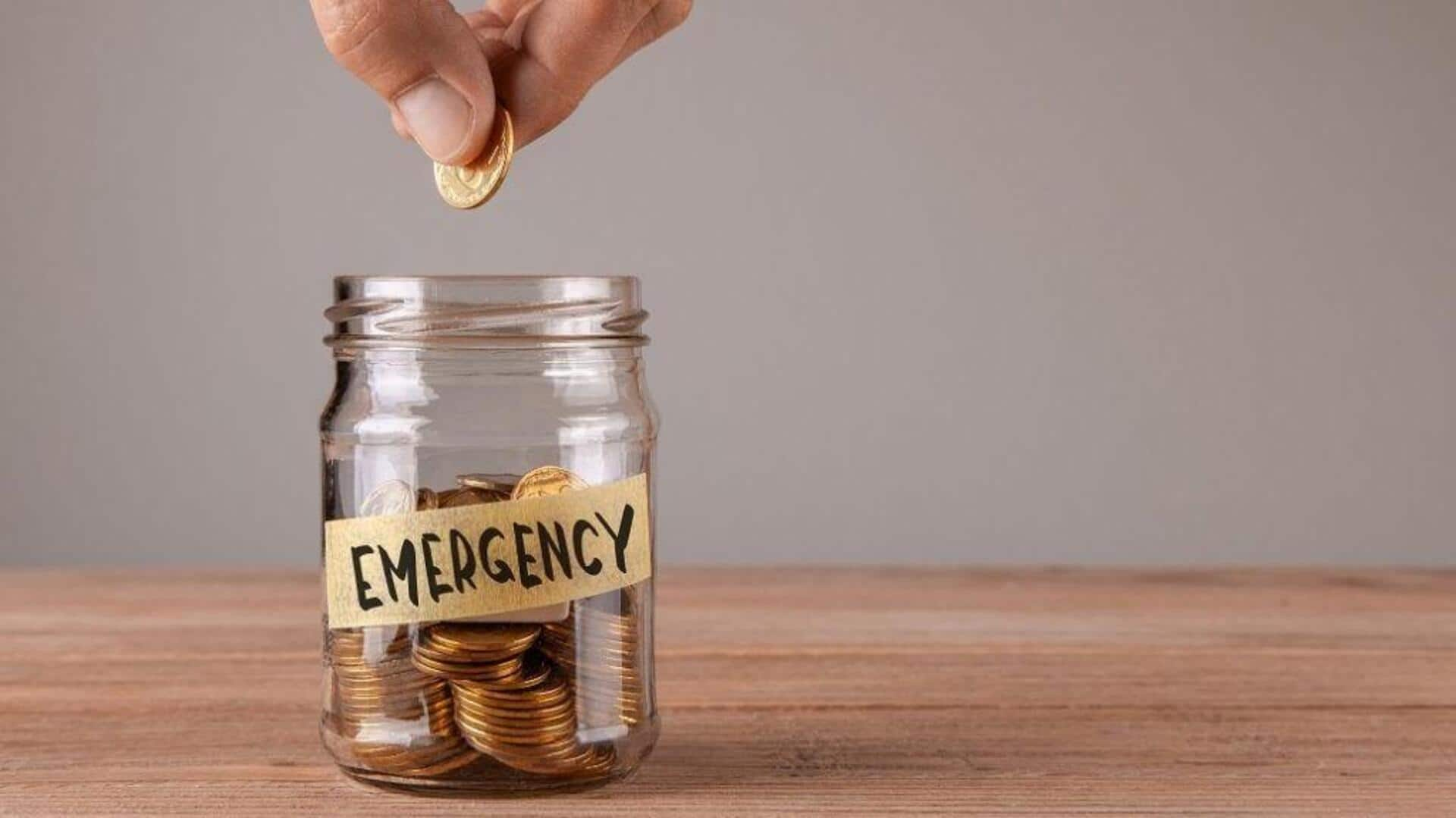
5 practical steps to build a strong emergency fund
What's the story
Building an emergency fund is critical for financial stability. It serves as a safety net during unexpected situations such as medical emergencies or sudden job loss. A well-structured emergency fund can keep financial stress at bay and help you maintain your lifestyle without falling back on debt. Here are some practical steps to create a strong emergency fund to brave the unforeseen, and stay at peace financially.
Savings target
Determine your savings goal
Start by calculating how much you need in your emergency fund. In general, it should cover three to six months of living expenses. Consider factors like monthly bills, groceries, and other essential costs. If you have dependents or unstable income, aim for the higher end of this range. Knowing your target amount will give you a clear savings goal and keep you focused.
Separate account
Set up a dedicated account
Open a separate savings account for your emergency fund. This helps in avoiding the temptation to dip into these funds for non-emergencies. Pick an account that is easily accessible but limits the number of withdrawals you can make so that you have liquidity when needed, but are discouraged from using it too often.
Automatic transfers
Automate your savings
Automating your savings is an excellent way to build your emergency fund consistently. Simply set up automatic transfers from your checking account to your dedicated savings account every month or paycheck cycle. Even the smallest of amounts add up overtime, making it easier to reach your goal without having to think about it constantly.
Expense reduction
Cut unnecessary expenses
To build your emergency fund, dive into your monthly spending to find savings. This could mean eating out less, canceling subscriptions you rarely use, etc. Every dollar saved should be funneled into your emergency fund. Doing this regularly transforms small savings into a significant safety net over time. It ensures you're better prepared for unexpected expenses without compromising your financial health.
Additional earnings
Increase income streams
To give your emergency fund a growth spurt, think of taking up side jobs or freelancing gigs. Not only does this help diversify your income streams, but it also directs the extra money into your savings, allowing it to grow faster. It's a proactive approach that adds to expense cutting, making the target of a healthy emergency cushion more achievable in lesser time.